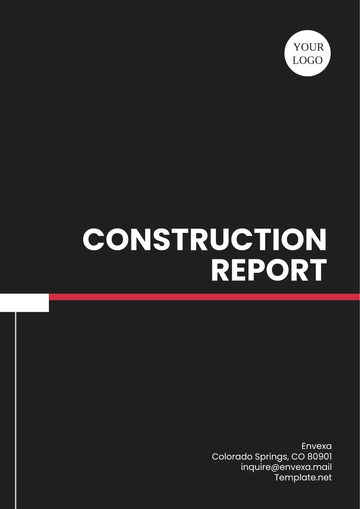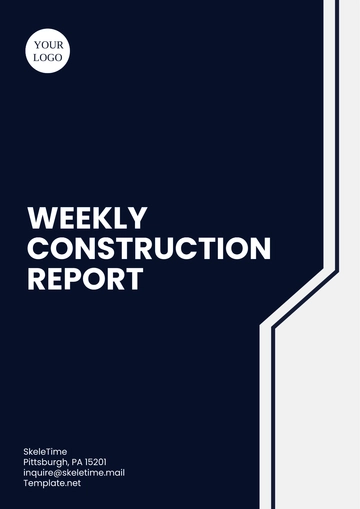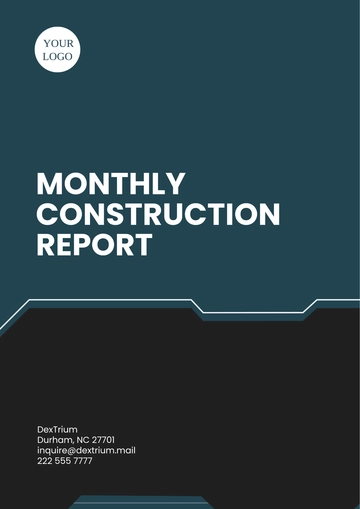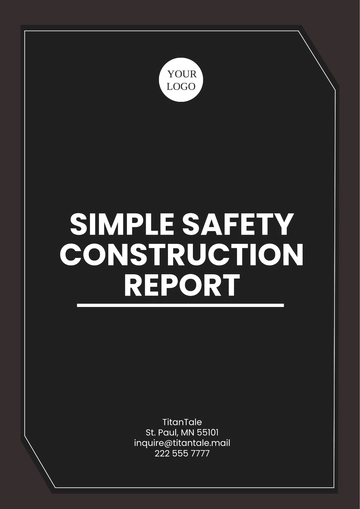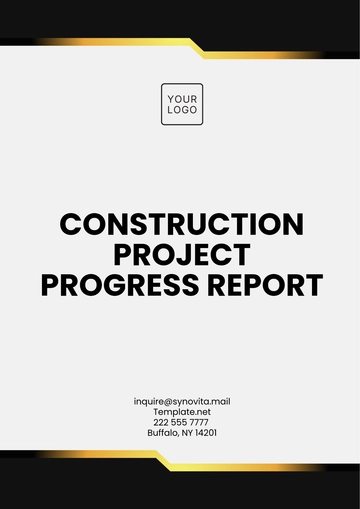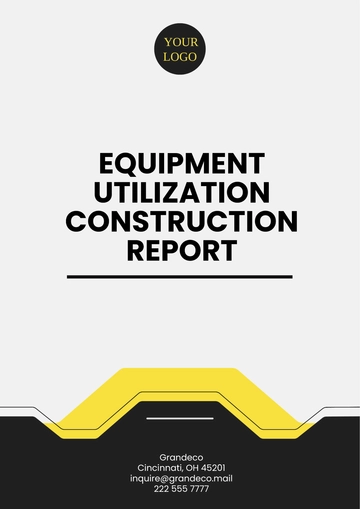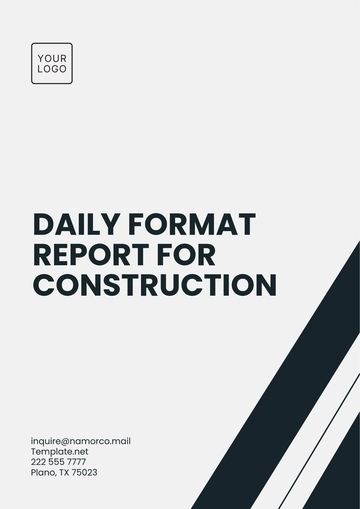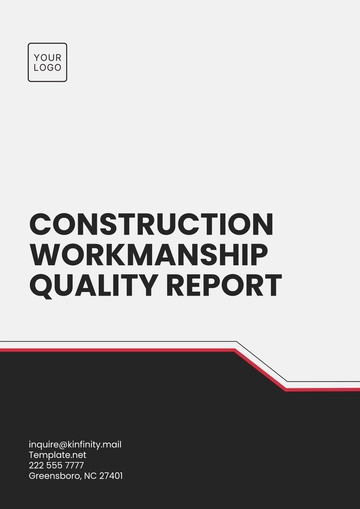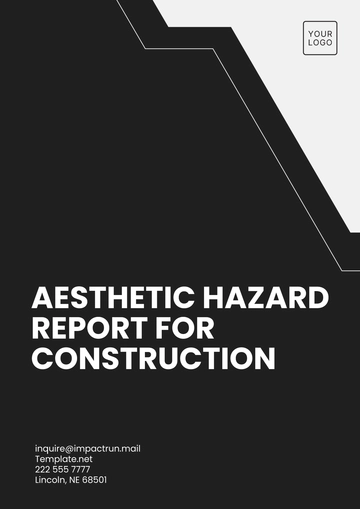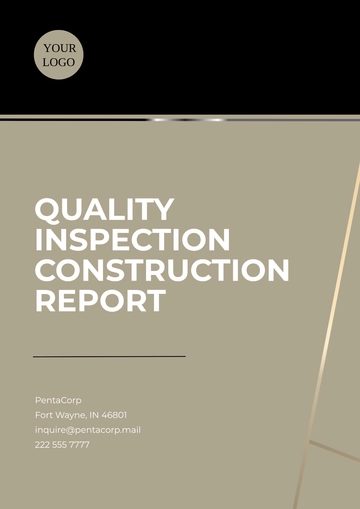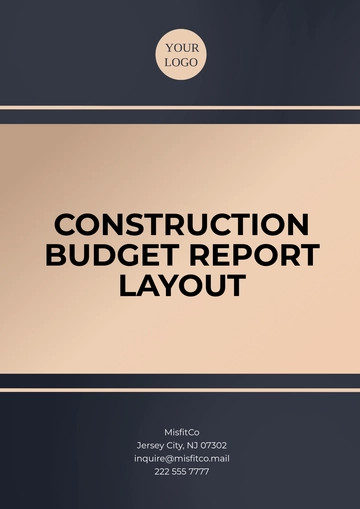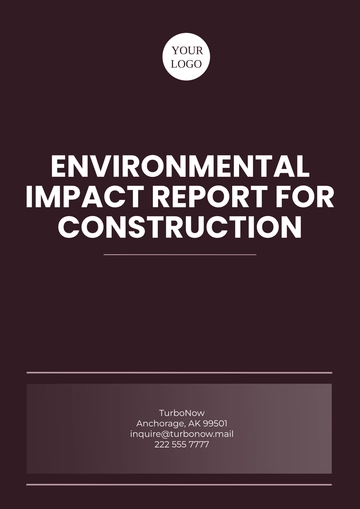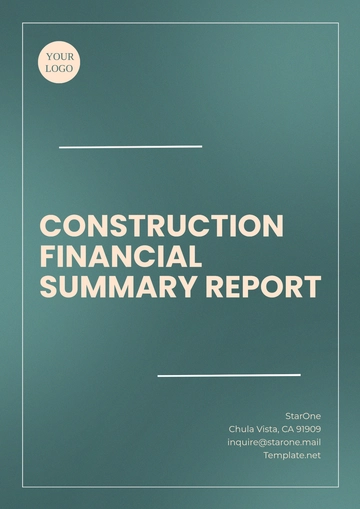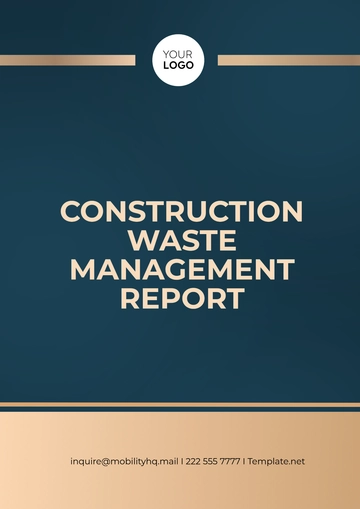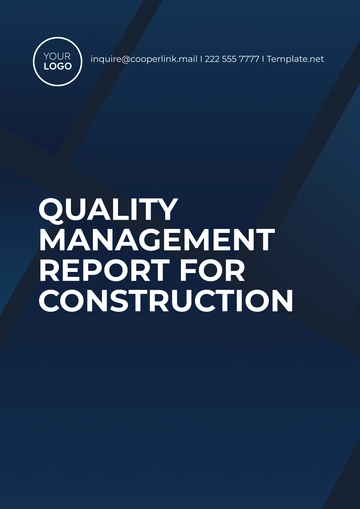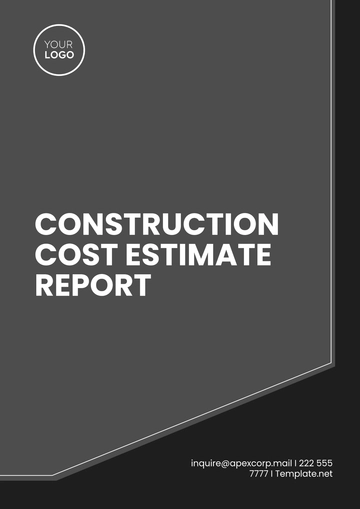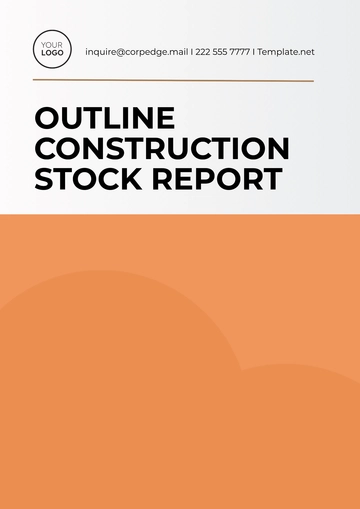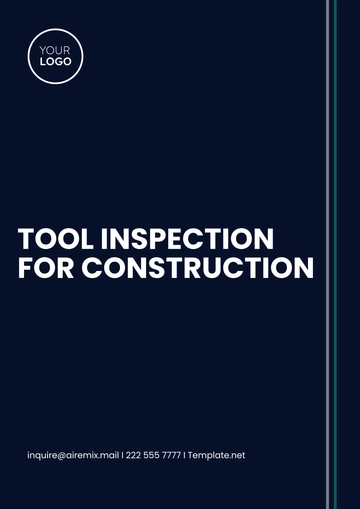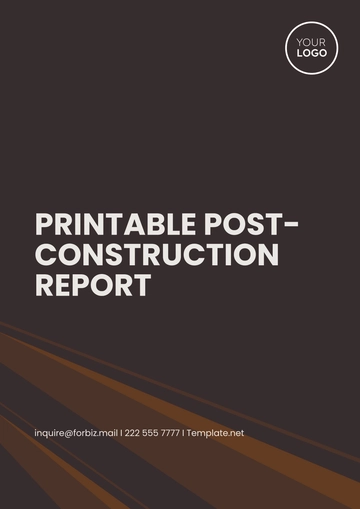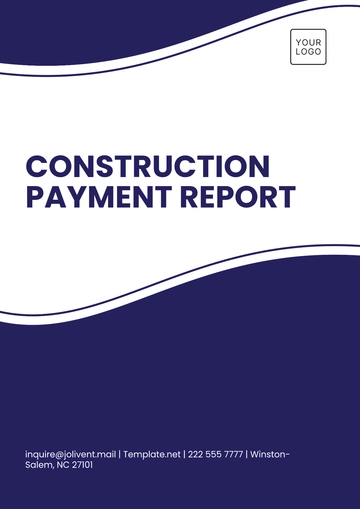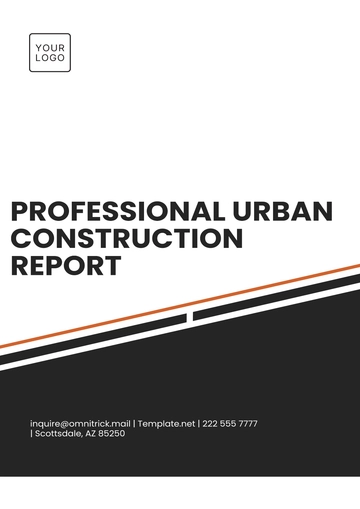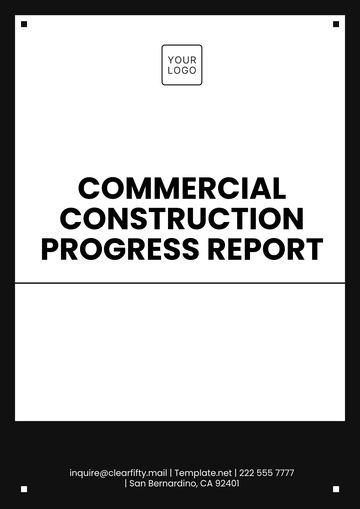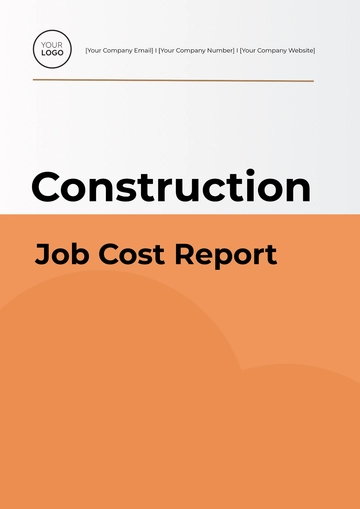Aesthetic Hazard Report for Construction
Prepared by: [YOUR NAME]
I. Introduction
The Aesthetic Hazard Report for Construction is an essential document aimed at identifying and evaluating potential aesthetic risks or hazards in construction projects. This document focuses on various aspects such as visual elements, design features, and finishes that could negatively impact the aesthetic quality of a building or construction site. Addressing these hazards is crucial to ensure visual comfort and satisfaction for users and visitors alike. This report outlines common sections and vital considerations in mitigating aesthetic hazards in construction projects.
II. Project Overview
A. Project Scope
This section provides a brief overview of the construction project, including its objectives, location, size, and expected completion date. It sets the context for the aesthetic considerations to be assessed.
B. Project Stakeholders
Identifying the stakeholders involved in the project, such as architects, designers, construction managers, city planners, and local community representatives, is crucial. Understanding their roles and expectations will guide the aesthetic evaluation process.
III. Assessment Methodology
A. Data Collection
The methodology section outlines the approaches used to gather relevant data for the aesthetic assessment. This may include site visits, design plan reviews, and stakeholder interviews.
B. Evaluation Criteria
Detail the criteria used to evaluate aesthetic hazards in the project. Common criteria may include harmony with surrounding architecture, material appropriateness, color scheme, and overall design coherence.
IV. Aesthetic Hazard Identification
A. Visual Elements
This subsection delves into potential visual elements that may pose aesthetic hazards. Consider factors such as building shape, structural lines, and symmetry or asymmetry in the design.
B. Design Features
This part assesses specific design features that could impact aesthetics. Discussions may include the use of innovative versus conventional designs and their compatibility with the environment.
C. Material Selection
Analyze the types of materials chosen for the project. Considerations include their texture, color, and durability, as well as their environmental impact.
V. Potential Aesthetic Hazards
A. Poor Design Choices
Identify and describe design choices that may not align with the intended aesthetic goals. Discuss potential mismatches with the surrounding environment or community expectations.
B. Inappropriate Material Use
Evaluate instances where material choices may detract from the aesthetic value, such as using non-matching colors or materials that may weather poorly.
C. Other Visual Discomfort Factors
Visual clutter due to excessive signage.
Inadequate lighting causes shadows or glare.
Lack of green spaces or natural elements.
VI. Impact Analysis
A. Impact on Community and Surrounding Environment
Analyze how identified aesthetic hazards could affect the community and the environment. Consider aspects like property values, visual harmony, and resident satisfaction.
B. Impact on Project Success
This section discusses how aesthetic hazards might impact the overall success of the project, including potential financial implications and reputational impacts.
VII. Recommendations
A. Design Improvements
Provide actionable recommendations for improving design elements that pose aesthetic risks. Suggest alternative design strategies or architectural elements.
B. Material Adjustments
Suggest suitable materials that align better with the aesthetic goals of the project. Consider the sustainability and longevity of these materials.
C. Stakeholder Engagement
Highlight the importance of ongoing stakeholder engagement to ensure alignment between design choices and community expectations.
VIII. Conclusion
Summarise the key findings of the report and emphasize the importance of addressing aesthetic hazards in construction projects. Highlight the potential benefits of implementing the suggested recommendations, such as enhanced visual appeal, community satisfaction, and project success.
IX. Appendices
Include any supporting documents, charts, or additional data referenced in the report.
A. Glossary
Provide definitions for terms and concepts used throughout the report.
B. References
List any research papers, articles, or resources consulted in the creation of the report.
Construction Report Templates @ Template.net

